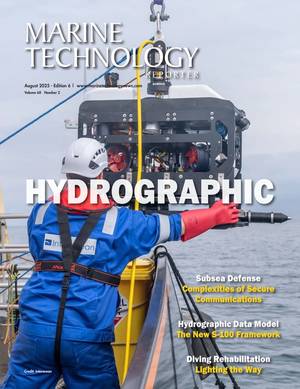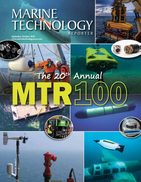AUV Exposes Coral Loss at One of the World’s Southernmost Reefs
Advanced Navigation, a leader in navigation and autonomous systems, in collaboration with marine consultancy O2 Marine, has revealed an explicit visual depiction of Hall Bank, a small, nearshore reef off Fremantle in south-west Australia (32°S), located well beyond the typical latitudinal range for coral reefs.
Using Hydrus, a micro hovering autonomous underwater vehicle (AUV), the teams conducted a detailed survey of the reef, capturing geo-referenced high-resolution imagery and 4K video in parallel. The data showed severe coral bleaching and fragmentation, laying bare a hidden yet escalating crisis at one of the world's southernmost reefs.
The mission involved the simultaneous deployment of three Hydrus units, each executing coordinated transects and lawnmower survey patterns across different sections of the reef.
This approach enabled comprehensive spatial coverage, ensuring overlapping, high-resolution data capture across the site. By flying precise, parallel tracks, Hydrus was able to systematically map the reef’s structure and condition, capturing the fine-scale changes in coral health that are often missed by traditional survey methods.
The data gathered from Hydrus was used to generate a 3D digital twin of the Hall Bank seabed. The model revealed a barren seafloor filled with pale, lifeless corals, documenting the shrinking coral formations.
 3D digital twin of Hall Bank seabed with data from Hydrus. © Advanced Navigation
3D digital twin of Hall Bank seabed with data from Hydrus. © Advanced Navigation
This comes at a time when both of Australia’s two world heritage-listed reefs—Ningaloo and the Great Barrier Reef—were simultaneously hit by coral bleaching in March 2025, driven by an intense marine heatwave that drove sea surface temperatures up to 4°C above the summer average.
The Hall Bank site, regarded as a rare and valuable example of high-latitude reef resilience, was an ideal deployment area for Hydrus. Its ability to support extensive coral cover in cold, turbid waters makes it a vital natural lab for studying climate adaptation. Hosting a unique mix of tropical, subtropical, and temperate coral species, it offers critical insights into species range shifts and reef development under changing ocean conditions.
Today, ocean temperatures continue to rise, mass coral bleaching events are becoming more frequent. Yet only 26.1% of the ocean floor has been explored.
To unlock the ocean’s mystery and open it up for further scientific discovery, Advanced Navigation is appealing to the goals of the Seabed 2030 initiative and the overarching United Nations “Ocean Decade” development plan by working with partners to map the ocean floor.

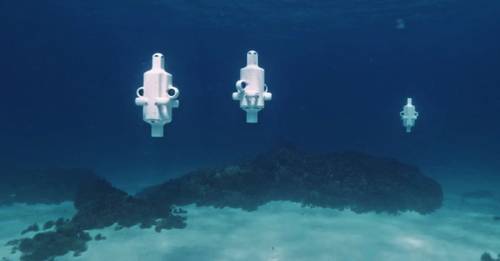
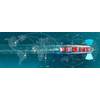
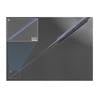

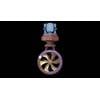









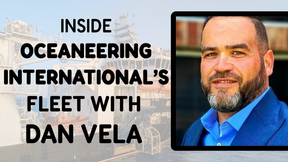
 August 2025
August 2025
